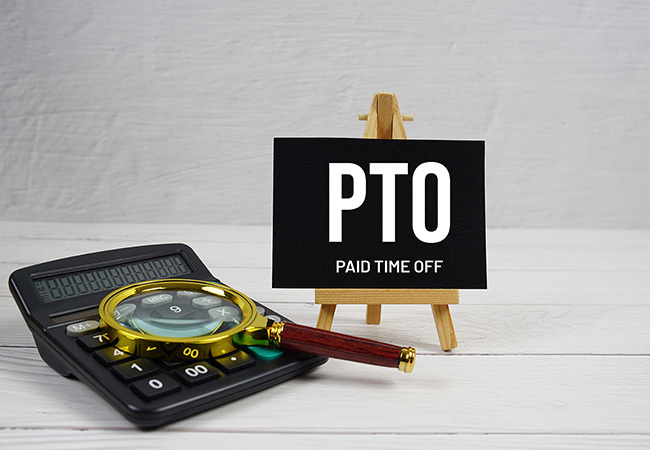How to Handle a Workplace Injury; Five Steps to Take In Case of A Job Injury
No one wants to think about getting injured at work, but unfortunately, accidents happen. Whether you work in an office or on a construction site, it’s important to be prepared and know how to handle a workplace injury.
From notifying your supervisor to seeking medical attention, there are certain steps you should take to protect your health, your rights, and your job.
In this blog post, we’ll provide you with practical tips and advice on how to handle a workplace injury, so you can get the care you need and get back on your feet as soon as possible. So, let’s get started!
Five Steps to Take In Case of A Job Injury
Ahem, ahem, attention all employees! It is of utmost importance that you report any injuries sustained in the workplace to your supervisor posthaste! Don’t be shy now, your supervisor won’t bite (at least we hope not).
In fact, they’ll likely be grateful that you’ve brought the matter to their attention so they can take the appropriate steps to ensure your well-being and prevent similar incidents from occurring in the future.
So don’t delay, don’t procrastinate, don’t try to tough it out – report that injury with lightning speed and earn yourself a gold star in workplace safety!
If you find yourself injured, the first order of business is to seek medical attention pronto!
Don’t be a hero, don’t try to tough it out – your health is too important to mess around with. Once you’ve gotten the necessary medical care, it’s time to put your documentarian cap on and start recording the details of your injury.
Take photos, jot down notes, and make sure you have all the necessary paperwork. This isn’t just about covering your own backside (though that’s certainly a nice bonus), it’s about making sure that any necessary follow-up care can be properly administered and that there’s a paper trail to support any potential legal action.
Don’t hesitate, don’t put it off … don’t let the memory of your injury slip away – document that injury like it’s going out of style!
If you’ve suffered an injury on the job, it’s important to understand your rights and eligibility for workers’ compensation.
Now, I know what you’re thinking – “Ugh, legal jargon, booooring.” But trust me, this is some seriously valuable info.
Workers’ compensation can help cover medical expenses, lost wages, and even long-term disability in some cases. But here’s the kicker – you need to know what you’re entitled to and how to go about getting it.
So, do your homework, talk to your HR department, and get the ball rolling on your claim. You deserve to be taken care of, and workers’ comp is there to help you do just that.
Act promptly, avoid delay. Don’t let anyone tell you that you don’t have options – understand those rights and get what you’re owed!
If you’ve been injured and sought medical care, you’re already well on your way to recovery.
But here’s the thing – it’s not enough to just show up for that initial appointment and call it a day. Nope, if you really want to get back on your feet (literally and figuratively), you’ve got to follow your doctor’s orders and attend all those pesky follow-up appointments.
I know, I know, it’s tempting to just wing it and hope for the best. But trust me, your body will thank you for taking the time to do things the right way.
Plus, this gives you the perfect excuse to spend your day at the doctor’s office instead of doing, you know, actual work.
So don’t be a slacker, don’t try to cheat the system – follow those orders and get yourself back in tip-top shape!
If you’ve been sidelined by an injury and are itching to get back to work, I’ve got some great news for you.
The key to making that happen? Communication, baby! That’s right, it’s time to chat it up with your employer and figure out a game plan for your return.
This may involve modified duties, adjusted schedules, or any number of other accommodations. But here’s the kicker – you’ve got to be honest about what you’re capable of and when you’re ready to take on the world (or at least the office).
Don’t rush it, don’t be a hero – make sure you’re fully healed and ready to rock before diving back in. And hey, if you need to milk that injury for a few extra days off, I won’t tell. Just remember, communication is key – so talk it out and get back to work when you’re good and ready!
And there you have it, folks – a crash course in injury management like no other!
Remember, if you find yourself injured on the job, it’s crucial that you take swift action to report the injury, seek medical attention, document the incident, and understand your rights and options.
And once you’ve started the recovery process, it’s equally important to follow your doctor’s orders, communicate with your employer, and return to work when you’re fully healed and ready to kick butt.
It may not be the most thrilling topic, but it’s one that can make all the difference in the world when it comes to your health, wellbeing, and professional success. So stay safe, stay healthy, and keep on keeping on!




